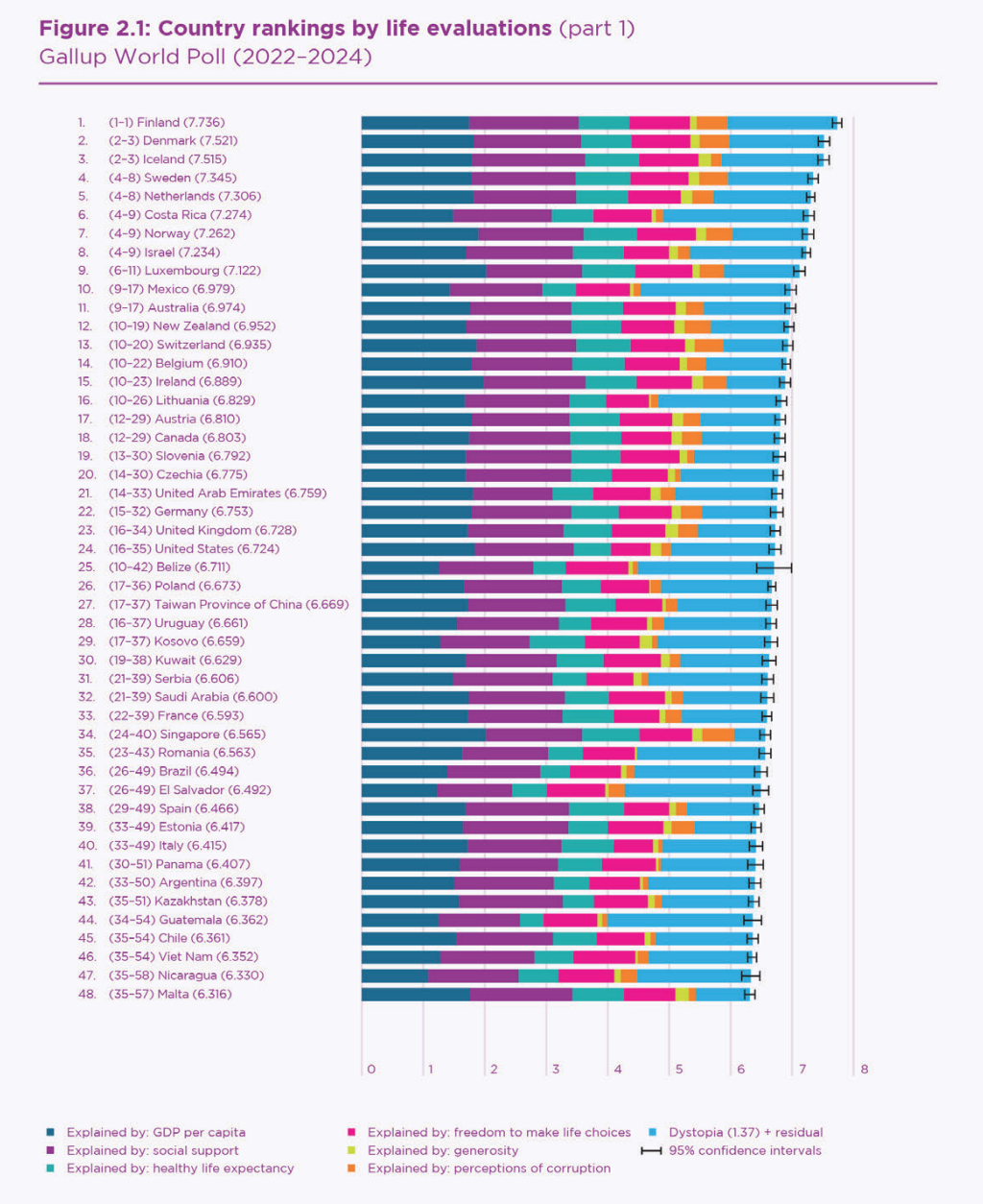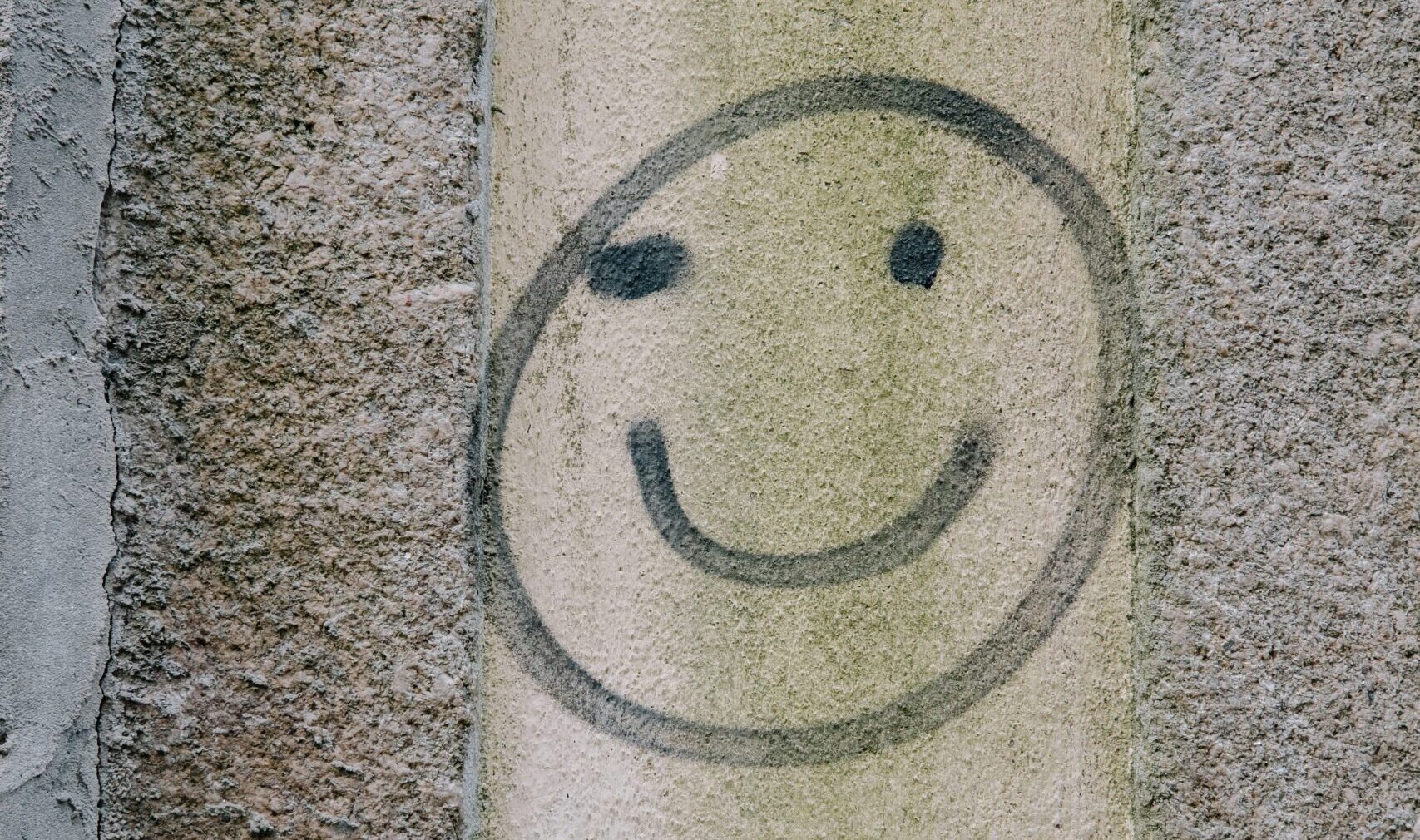How happy is the lucky country?
We are called the lucky country, and are seen as a population of laid back, easy going larrikins who don’t take life too seriously. But if a new report on global happiness is anything to go by that image may not represent the reality of life as an Aussie.
In the recently released World Happiness Report for 2025, Australia has slipped out of the top ten to number 11. The top 10 are as follows:
Finland
Denmark
Iceland
Sweden
The Netherlands
Costa Rica
Norway
Israel
Luxembourg
Mexico

Each year the report offers an insight into how countries are faring globally in terms of wellbeing, wit the majority of the data drawn from the Gallup World Poll which measures the attitudes, behaviours and wellbeing of people from across more than 140 countries.
This years report focused on the impact of caring, sharing and community on people’s wellness, but found that largely western industrial countries are less happy than they were between 2005 and 2010. In 2013 the top 10 countries were all western industrial countries, but the number has dropped to seven in 2025.
Square Holes have partnered with Uniting Communities since 2020 on a foundational dataset tracking loneliness in the state of South Australia – with the aim to use the findings to create better services and outcomes for those struggling.
In the most recent iteration of the study (released December 2024) 60% of the South Australian population reported experiencing loneliness, with the numbers showing that Gen Z and Millennials are suffering at a much more significant rate than Boomers.
- 87 per cent of people (aged 18-24) report experiencing loneliness sometimes or often.
- 86 per cent of people (aged 25-29) report experiencing loneliness sometimes or often.
- 29 per cent of people (aged 45-49) report experiencing loneliness ‘often’ which is the highest since the tracking began in 2020.
Loneliness also plays into Western vs Eastern perceptions of happiness with Western societies (such as the US, UK and Australia) more geared towards the individual, with happiness tied to personal achievement, self-esteem and viewed as a right and a goal in life. Eastern Cultures (eg Japan, China, Korea) are generally more collectivist and emphasise harmony in relationships, fulfilment of duties and roles and sees happiness as interconnected with others’ well-being.
Latin American cultures and Nordic countries consistently score high on happiness reports. This could be for their cultural outlook on joy, with Latin American cultures prioritising family bonds, social connection and enjoyment of life, despite lower GDP than other countries. Nordic countries emphasis on social equality, trust in institutions and work-life balance puts them in good stead to rank highly.
Some key takeaways from the World Happiness Report (2025) include:
- Our wellbeing is linked to our perceptions of others’ kindness, as well as their actual kindness. Since we underestimate the kindness of others, our wellbeing can be improved by receiving information about true levels of community care
- People are too pessimistic about the kindness of others. For example, when wallets were dropped in the street by researchers, the proportion of returned wallets was far higher than people expected.
- When society is more kind, the people who benefit most are those who are least happy. As a result, happiness is more equally distributed in countries with higher levels of expected kindness.
- People who eat frequently with others are a lot happier and this effect holds even taking into account household size. The increasing number of people who eat alone is one reason for declining wellbeing in the United States.
- Latin American societies, characterised by larger household sizes and strong family bonds, offer valuable lessons for other societies that seek higher and sustainable wellbeing. Notably, people living alone are much less happy than people who live with others.




